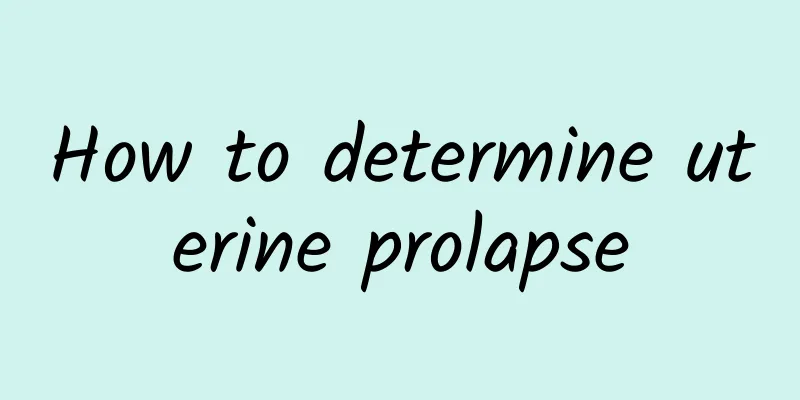Introduction to the three major types of uterine fibroids

|
When it comes to uterine fibroids, I believe everyone must be familiar with it, especially some middle-aged female friends, because these friends are at a high risk of uterine fibroids. So how much do you know about uterine fibroids? 1. Uterine fibroids start from the myometrium. If the fibroids are always located in the myometrium, they are called intramural fibroids or stromal fibroids, which are the most common. Intramural fibroids are usually multiple, with an uncertain number, usually with one or more large, sometimes a large number of small tumor nodules, distributed throughout the uterine wall, fused in irregular masses, forming multiple uterine fibroids. Multiple uterine fibroids are the most common and easiest to treat type of uterine fibroids. 2. The cervix or deep fornix is involved during the development process, which can be easily confused with primary cervical fibroids. Intramural fibroids have better blood circulation, and generally the tumor base rarely degenerates. They can cause serious deformation of the uterine body and affect uterine contraction. As the uterine volume increases and the endometrial area increases, it often causes menorrhagia, excessive menstruation, and prolonged menstrual duration. During the growth and development process, fibroids tend to develop in the direction of less resistance. When the uterine cavity protrudes, its surface is only covered with a layer of endometrium, which is called submucosal uterine fibroids. 3. If the fibroid develops toward the abdominal cavity, it can only be connected to the uterus by one pedicle, becoming a pedunculated subserous uterine fibroid. The blood vessels contained in the pedicle are the only blood circulation for the fibroid. If the pedicle is twisted, the pedicle may become necrotic, and the fibroid will fall off in the abdominal cavity, adhere to the greater omentum, mesentery and other adjacent organs and tissues, obtain blood nutrition, and become a parasitic fibroid or a free fibroid. This type of uterine fibroid turns or blocks the greater omentum blood vessels, forming abdominal symptoms such as ascites. The growth location of uterine fibroids is closely related to the uterine wall. Because uterine fibroids are a chronic tumor, many people can easily find it in the early stages of the disease. This requires everyone to pay more attention to changes in their body details in daily life, and seek timely treatment once discovered. |
<<: How long can cervicitis and pelvic inflammatory disease be cured?
>>: What are the causes of menstrual disorders?
Recommend
Will eating too much oatmeal lead to weight gain?
Oats are a popular health food and are considered...
What are the rules for preventing cervical hypertrophy?
With the development of the times, more and more ...
What are the causes of irregular menstruation?
Menstrual disorders are also called irregular men...
The most important characteristics of painless abortion
Painless abortion is very common in life. Most pe...
How to judge whether the abortion is complete after medical abortion? Let's take a look
There are no side effects for women after medical...
What is an ovarian cyst?
Ovarian cysts are a common gynecological disease ...
Women should have a general understanding of the care methods for vulvar leukoplakia
Now more and more women may suffer from vulvar le...
How to check which bacteria causes chronic cervicitis
The specific pathogens of chronic cervicitis need...
What should patients with cervicitis do in summer? Introducing self-care methods for patients with cervicitis
The weather is hot in summer, and many gynecologi...
What are the main symptoms of uterine fibroid bleeding?
The symptoms of bleeding from uterine fibroids ne...
What should a young girl do if she suffers from uterine fibroids? Who are the high-risk groups for uterine fibroids?
Many people think that uterine fibroids belong to...
Is it not just the brain that is to blame for gluttony, but the cerebellum is also an accomplice? Study: Cerebellum also affects appetite control, stimulating nerves can prevent weight gain
Overeating can lead to obesity, and it may not ju...
Causes of invasive hydatidiform mole
The treatment of invasive hydatidiform mole requi...
Bad hygiene habits may be the main cause of vulvar leukoplakia
The cause of vulvar leukoplakia is still very com...
Do I need surgery for mild cervical erosion? Four major problems that women must know about mild cervical erosion
Although mild cervical erosion is the mildest cer...









